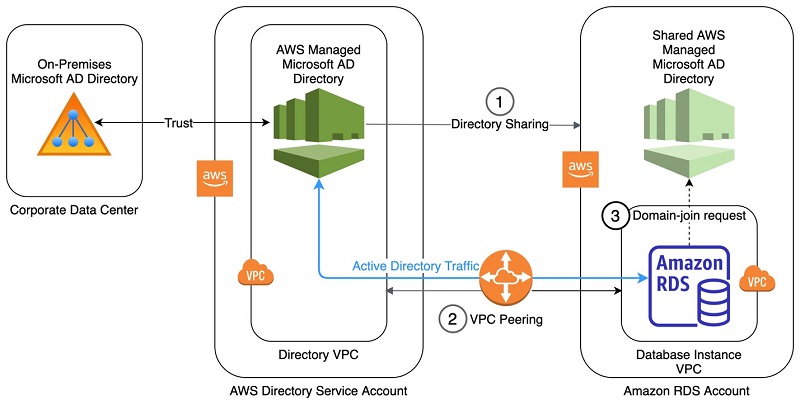AWS Database Blog
Category: Security, Identity, & Compliance
Use Key Management Service (AWS KMS) to securely manage Ethereum accounts: Part 2
Ethereum is a popular public blockchain that makes it possible to create unstoppable applications in a permissionless fashion. It’s available to every user that has an Ethereum account. These Ethereum accounts consist of a private and an associated public key. The main challenge as a user participating in a public blockchain such as Ethereum is […]
Use Key Management Service (AWS KMS) to securely manage Ethereum accounts: Part 1
Ethereum is a popular public blockchain that makes it possible to create unstoppable applications in a permissionless fashion. It’s available to every user that has an Ethereum account. These Ethereum accounts consist of a private and an associated public key. The main challenge as a user participating in a public blockchain such as Ethereum is […]
Build a graph application with Amazon Neptune and AWS Amplify
More and more organizations are adopting graph databases for various use cases, such as legal entity lookup tools in the public sector, drug-drug interaction checkers in the healthcare sector, and customer insights and analytics tools in marketing. If your application has relationships and connections, using a relational database is hard. But Amazon Neptune, a fully […]
Use Python SQLAlchemy ORM to interact with an Amazon Aurora database from a serverless application
As organizations work to modernize their traditional applications to an event-driven, serverless model, a question that comes up frequently is how the object-relational mapping (ORM) layer should be managed. Packaging it with AWS Lambda functions increases its size and adds a cognitive burden on the development team to track. In addition, many organizations have requirements […]
Integrate Amazon Managed Blockchain identities with Amazon Cognito
When you authenticate with a web or mobile application, you typically do so with a username and password where you’re authenticated against a user database such as Amazon Cognito. You’re expected to secure your password and rotate it periodically or when it has been compromised. When you’re building a user-facing application that is running on […]
Manage AWS ElastiCache for Redis access with Role-Based Access Control, AWS Secrets Manager, and IAM
October 2022: This post was reviewed and updated with a new architecture diagram and code updates to factor the change from CDK 1.x to CDK 2.x. Amazon ElastiCache for Redis is an AWS managed, Redis-compliant service that provides a high-performance, scalable, and distributed key-value data store that you can use as a database, cache, message […]
Design patterns to access cross-account secrets stored in AWS Secrets Manager
This post discusses cross-account design options and considerations for managing Amazon Relational Database Service (Amazon RDS) secrets that are stored in AWS Secrets Manager. Amazon RDS is a managed service that makes it easy to set up, operate, and scale a relational database on AWS. Secrets Manager helps you securely store, encrypt, manage, rotate, and […]
Customizing security parameters on Amazon RDS for SQL Server
You can now use database (DB) parameters to configure security protocols and ciphers on Amazon RDS for SQL Server. You can configure various security protocols and ciphers available for your RDS SQL Server instance. You can also choose to enable or disable certain TLS versions or ciphers, such as RC4 stream cipher, based on your […]
Using IAM authentication to connect with pgAdmin Amazon Aurora PostgreSQL or Amazon RDS for PostgreSQL
This blog post was last reviewed and updated July, 2024. Amazon Relational Database Service (RDS) enables you to use AWS Identity and Access Management (IAM) to manage database access for Amazon RDS for PostgreSQL database instances and Amazon Aurora PostgreSQL clusters. Database administrators can associate database users with IAM users and roles. With IAM database authentication, you don’t need to use a […]
Joining your Amazon RDS DB instances across accounts to a single shared domain
How can you simplify the setup and maintenance and reduce the costs of AWS Managed Microsoft AD directories, while also strengthen the security of your Amazon Relational Database Service (RDS) for SQL Server DB instances? AWS announced that you can now join your Amazon RDS for SQL Server DB instances deployed across multiple AWS accounts […]








